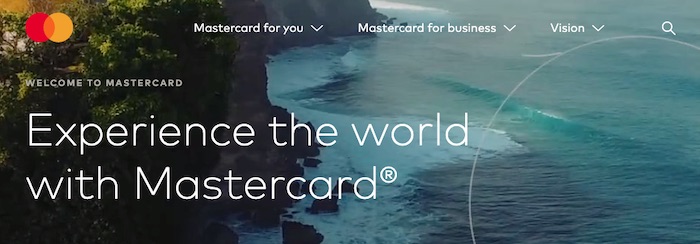In September 2020, Mastercard announced the expansion of its Digital First Card Program. Introduced in 2019, the program is a series of systems, procedures, and technologies that enable credit card info to be downloaded directly to a mobile wallet.
The expansion aims to increase awareness and improve access to existing digital card-issuing technology.

Mastercard recently announced an expansion of its Digital First Card Program, which the company introduced in 2019.
It’s useful to compare the innovation driving the Digital First Card Program to the traditional method of issuing plastic credit cards. After receiving and approving a customer’s credit card application — a process that can take a few days to a few weeks — the card-issuing bank creates a credit card account for the applicant. At the same time, the bank sends the account holder’s credentials to its contracted card manufacturer.
At a factory that resembles Fort Knox, the card manufacturer imprints the card’s credentials on and inside a blank plastic credit card. This process is called personalization. It’s how credit card manufacturers insert credentials in the card’s chip and magnetic stripe and emboss the cardholder’s name and expiration date on the plastic.
When it’s fully personalized, the card is placed in an envelope with, typically, a contract, a brochure, and advertisements. The envelope is then sealed, stamped, and sent to the customer — sometimes by mail, sometimes by courier. Those steps — manufacturing and mailing — can take as little as one day and as long as a few weeks.
Modern Credit Cards
The Digital First Card Program modernizes the process of issuing credit cards, as follows.
- No more plastic. Cards are virtual, existing in mobile wallets only. Personalization is entirely electronic. Card numbers, expiration dates, verification digits, and credentials are stored on a smartphone, not plastic. Customers can request a plastic card, but the primary use is virtual on mobile wallets such as Apple Pay and Google Pay.
- Issuing is instant. The entire process of issuing a digital credit card, from application to approval to personalization to activation, should take no more than a few seconds rather than a few days.
- Account maintenance is simple and user-friendly. According to the program’s guidelines, holders of digital-first cards can securely and easily check the account balance, view transaction history, receive important alerts, and access the card’s rewards or benefits. Most electronic banking apps and mobile wallets already include these features.
- Access to card details is quick and secure. Despite the rapid adoption of mobile payments, a cardholder occasionally needs to access the 16-digit card number, expiration date, verification digits, and a customer service phone number, all of which are hidden on virtual cards. Accordingly, the Digital First Program mandates that access to this information should be quick and secure — as quick as fetching a plastic card.
Preparation
The issuer will personalize and send a plastic version of the digital-first card in the likely event that an applicant requests it. However, the plastic version will look different from what we are accustomed to.
Plastic cards will not have embossed (raised) card numbers, expiration dates, and cardholder names. Those details will reside on cardholders’ mobile wallet apps. As an aside, the embossing of credit cards hasn’t been useful or necessary since the mid-’80s when electronic card readers replaced the manual, carbon-copy impression and receipt machines, the so-called “knuckle-busters.”
Merchants can do two things to prepare for the imminent arrival of digital-first cards. First, configure ecommerce checkouts on websites and apps to accept payments from mobile wallets such as Google Pay, Apple Pay, and others. Second, prepare for an increase in card-not-present fraud, the result of instant card-application approvals. Fraud-prevention technology is improving, but more fraudulent applications will inevitably be mistakenly approved.
via https://www.aiupnow.com
Mike Eckler, Khareem Sudlow
